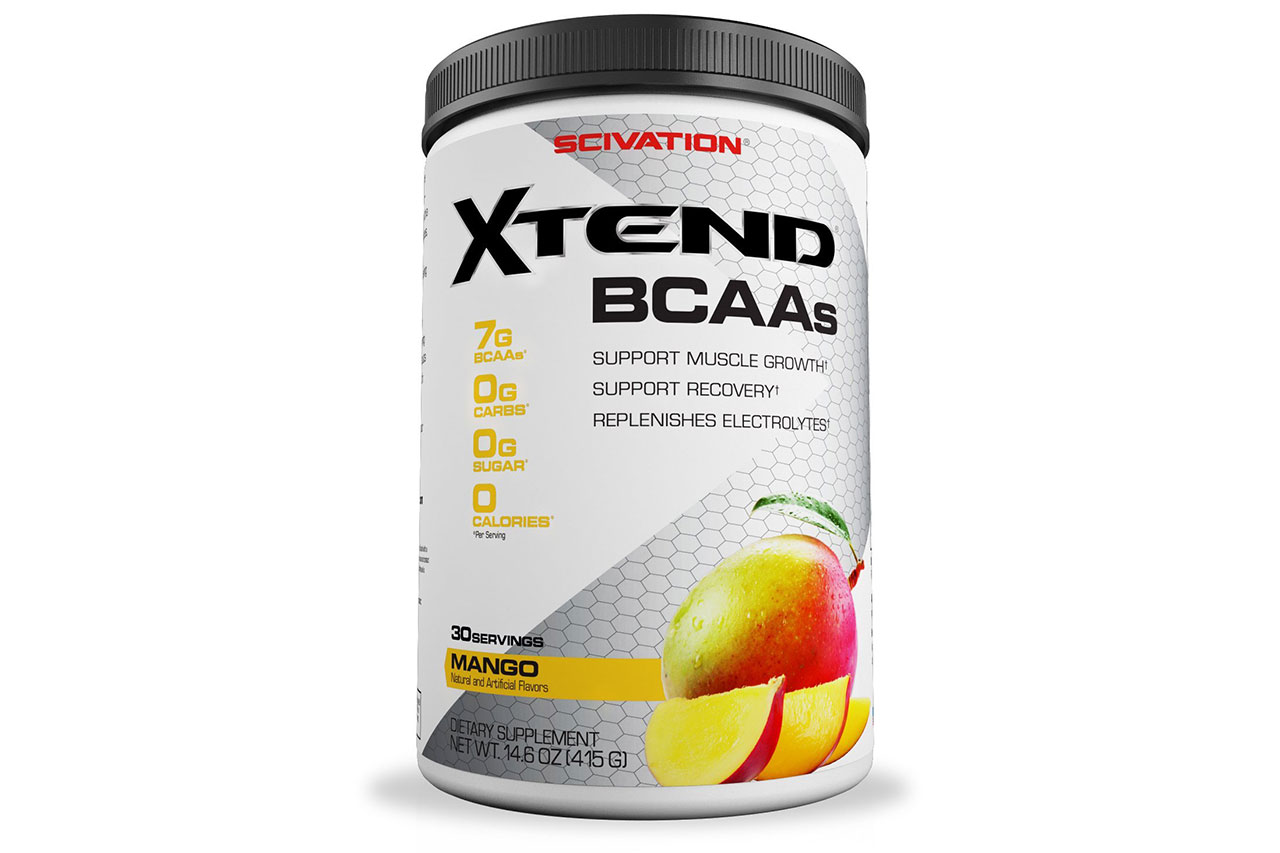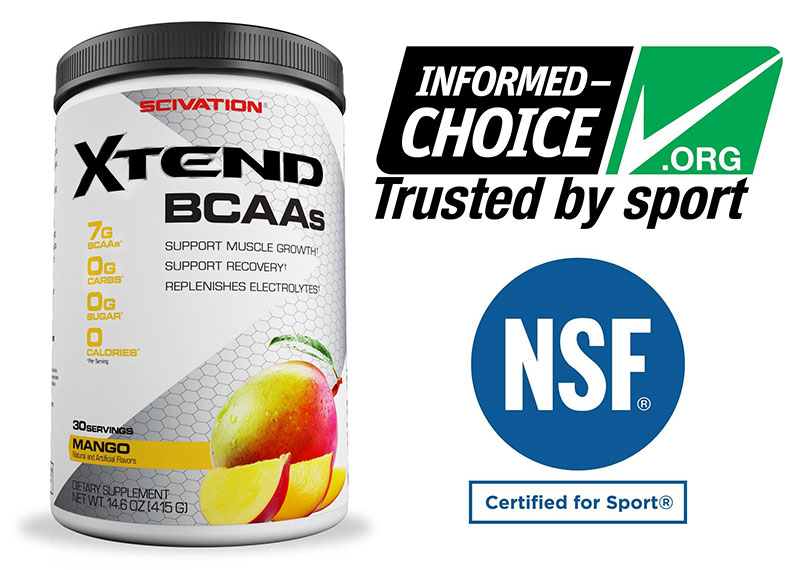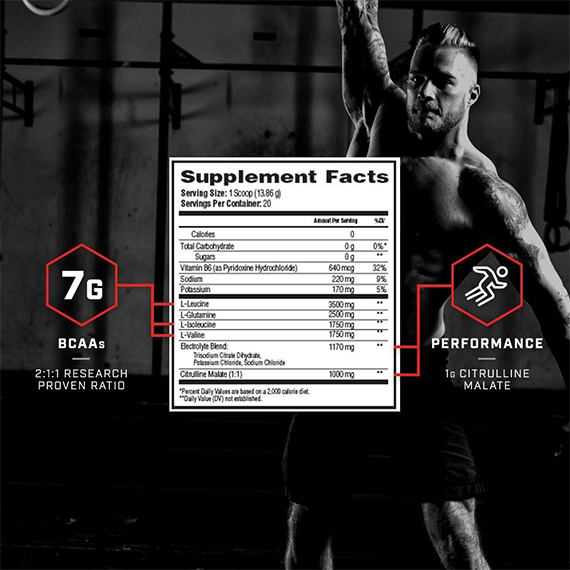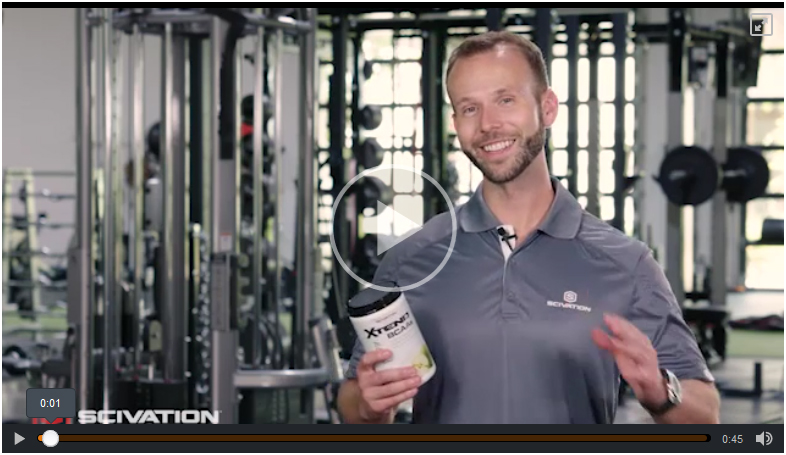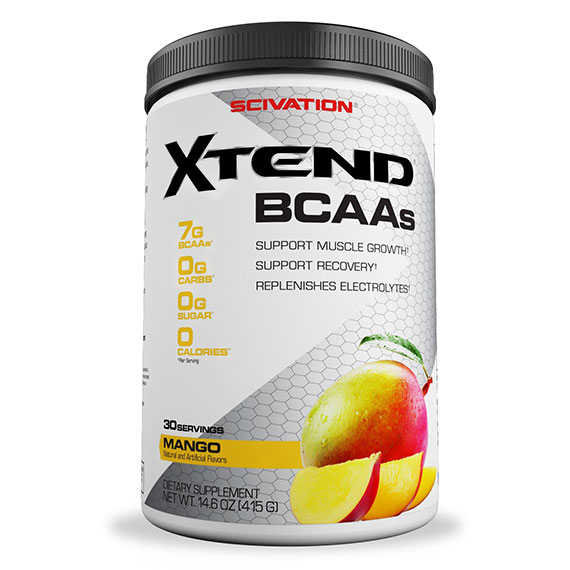Protein is one of the most researched molecules in biochemistry. The etymology of the term protein, originates from the Greek word “prota”, which means “first”, in the sense that protein is of first, foremost importance. This is undoubtedly because of protein’s fundamental, vital role in the organism.
Out of all macronutrients, protein is the only one that has a recommended daily intake of 0.85 gr/kilogram- This, of course, is the recommended amount for a non-physically active individual’s proper functioning.
What Is Protein?
Structurally, the protein is made up of carbon, hydrogen, oxygen and nitrogen. It may also contain cobalt, sulfur, iron and phosphorus.
All these elements, structured in a certain way, form the “building blocks” of the protein, the so-called amino acids. Either way, a molecule of protein can be presented as a long string of amino acids stacked together by peptide bonds.
Amino acids are responsible for the maintenance, recovery and growth of about 1,600 different protein structures, including muscles, hormones, enzymes, antibodies, hair, skin, and so on.
Protein’s Path In The Organism
Let’s take a brief look at what happens to the protein we take in on the regular basis from food sources.
- Food containing protein enters the digestive system through the mouth where it is physically crushed by chewing.
- From there, it falls into the stomach and, under the influence of a combination of acids and enzymes (mainly pepsin) secreted by the stomach walls, takes the form of a dense, gruff gastric slurry called hyusus.
- Here, the protein breaks down into distinct peptide fragments or smaller structural entities composed of amino acids bound to one another.
- The process of digestion continues in the duodenum. Under the influence of the trypsin enzyme, the depolymerization (fragmentation) of the protein reaches its final phase.
- Our digestive products (from the stomach) break down into free amino acids. This is done by hydrolysis, i.e. insertion of an aqueous molecule between two linked amino acids, as a result of which the chemical bond between them is disintegrated.
- Hence, the individual amino acids take up the small intestine and are literally sucked out by the numerous fingerprints located on the walls of the small intestine (absorption).
- Through the absorption process, free amino acids fall into the bloodstream and can now be directly utilized and absorbed by needy cells. Thus, amino acids, which were once part of animal protein, are restructured into human protein and are fully used for all immediate needs.
As already mentioned, the free amino acids enter the blood stream and are directly used by the plurality of cells for protein synthesis. Another part of the amino acids goes on to the liver and is involved in the production of specialized proteins such as liver enzymes, lipoproteins or albumin.
Protein Synthesis
Either way, protein synthesis can only be achieved if our body has adequate amounts of essential and non-essential amino acids. When a certain essential substance is missing, the synthesis is discontinued.
Subsequently, these partially built up proteins break down and the amino acids return to the blood stream again.
Unlike carbohydrates and fats, amino acids cannot be stored or deposited for future use.
When the body has no urgent need for “building material,” the amino acids are directed to the liver where they are subjected to so-called deamination.
First of all, the nitrogen element is removed from their structure, which is excreted by the kidneys in the form of urea. The remaining protein is converted into glucose and used for energy (Glycogenesis) or transformed into fat/glycogen and stored for later use.
Although protein synthesis is of paramount importance, it is always a priority for the body to provide the right sources of energy needed to maintain blood circulation, breathing and digestion.
When there are no such energy resources (such as carbohydrates and fats, for example, in an NVR), the body resorts to the use of alternative sources, namely amino acids.
In order to provide a sufficient amount of energy for the proper functioning of multiple organs and cells, the previously mentioned process of Glycogenesis is resolved – not only the digested food is broken down, but sometimes blood and liver proteins, the pancreas and muscles, which in turn means that protein breakdown (catabolism) will be much greater than the actual synthesis of such (anabolism).
How one or another amino acid will be utilized depends on the specific moment and the real needs of the body.
After a heavy and intense workout, when the muscle is predisposed to receiving nutrients and the level of blood flow in the trained muscle remains high, a particularly favorable opportunity for muscle growth and recovery is created, the window of opportunity.
Unfortunately, a high-protein diet immediately after a workout is not able to take advantage of this “time window”, providing amino acids for protein synthesis. It usually takes 3-4 hours for the food to be processed and digested.
Supplementation
What we said above, is why most bodybuilders are turning to nutritional supplements. Studies have shown that one of the most reliable ways to prevent catabolic processes and stimulate protein synthesis is to directly supplement with free amino acids.
Their value is primarily due to the fact that they are devoid of chemical bonds and thus remain unbound to one another. Because of this circumstance naturally drops the need to be digested, and passing “transit” through the stomach, they directly fall into the small intestine.
Here, as it is already known, they are absorbed and scattered throughout the body through the bloodstream. This process lasts 15-20 minutes, i.e., the absorption of free amino acids far outweighs during the recovery of any other source of protein.
Taking free amino acids has another advantage. By way of logic, we can conclude that the amount of ingested amino acids (as a supplement) and that of protein consumed through a variety of food sources is equivalent and comparable.
So far, it has been thought that the amount of protein taken daily – for example, 75 g – could be replaced with the same amount of amino acids taken as a supplement. But this is not quite the case.
Studies show that these 75g of protein from food sources could be adequately replaced by only 25g of free amino acids (of course, this is a non-training individual, one that will need a lot more).
To some extent, this discrepancy is due to the fact that, before being available as a building block, the protein has to undergo the above described digestion and absorption process, during which, part of the protein remains unused, and is lost in the digestive system.
Another important fact worth mentioning is that a too large dose of free amino acids will also remain unused if they are not used directly as a building material. Many of these will be destroyed in the liver – they will be used for energy or stored as fat/glycogen (the same applies to protein taken in an inadequately large dose).
An interesting addition: In the early 1990s, the Bulgarian national weightlifting team initiated a study on the extent to which the intake of free amino acids stimulates and promotes greater muscle growth. The study ended with great success and even later a part of it was re-introduced, but this time in the Colorado Springs Olympic Training Center.
Protein Digestion
It was found that after the free amino acids the fastest-absorbing substances are hydrolyzed protein and essential amino acids.
The hydrolyzed protein is usually a whey protein isolate in which, due to hydrolysis, the peptide bonds between the individual amino acids are destroyed.
This results in better absorption and faster absorption than other sources of protein. By contrast, however, hydrolyzed whey is less popular because of its terrible taste – and in most cases it is combined with another protein, such as concentrate or casein.
As is known, hydrolysis makes whey bitter in taste. In general, the level of hydrolysis determines the bitterness of the protein – the more hydrolysis is, the more bitter the protein is to taste.
Typically, the level of hydrolysis of an isolate rarely exceeds 20%, and for two reasons – first, hydrolysis as a technology is quite expensive and brings additional costs to the manufacturer, and secondly, the taste of the protein itself is getting worse.
However, the main reason (and it is a public secret) for the inability to find a protein that contains a high content of hydrolyzed whey is that food companies remain much more concerned with the taste of the product than with its effectiveness. In most cases, keeping good taste is tantamount to making better profits.
Protein Sources
Essential amino acids are the main food components that make up the protein. Their own intake (or as part of isolates and hydrolyzed proteins) is a guarantee of rapid digestion and absorption and hence faster recovery and cessation of catabolic processes.
Three of the nine essential amino acids (valine, leucine and isoleucine) are known as branched chain amino acids (BCAAs).
Numerous studies have shown that in extremely heavy or prolonged exercise combined with a certain limitation of carbohydrates, about 38% of all body energy can be obtained from the BCAA metabolism.
This finding (previously thought to be 15-18 percent) seriously increases the significance of the three amino acids. BCAAs (and above all leucine) are the preferred source of energy when essential energy resources such as carbohydrates are missing.
“Derived” from the muscle tissue, part of the amino acids is converted into alanine, which is transported to the liver and transformed into glucose. It is assumed that BCAA supplementation (up to 4 g) before and after exercise can significantly reduce muscle breakdown.
These are the benefits of three of the fastest and most effective sources of protein (free amino acids, hydrolyzed whey and BCAA).
A slightly deeper look, however, immediately shows us that things are not quite unambiguous. Some nutritionally sound theorists claim that the digestive system manages the proteins more rationally than the pre-digested ones because, as they continue, the digestive system is so shaped as to process whole foods rather than any nutritional supplements.
These and other such considerations warrant the authors in question concluding that the greatest advantage of protein and amino acids (as additives) is not that they are absorbed much faster than food, or that they can stimulate – greater muscle growth than, for example, chicken or egg white. Their advantage is in their convenience.
In fact, there is still no scientific evidence to show that a person cannot satisfy their protein needs for muscle growth solely through food.
So, eating whole proteins (white meat, eggs, dairy products) every three hours could be seen as a safe way to maintain a positive nitrate balance.
Food as a source of protein has a substantial advantage over supplements, which is not to be underestimated. It is a so-called thermal effect or the ability of food products to further stimulate body metabolism.
It has been shown that all macro-elements have the highest thermal effect. Thus, by including foods especially high in protein in our daily menu, we actually accelerate metabolism by about 30% due to the high amount of energy needed to process and absorb the protein.
If, for example, we consume a chicken steak that should give us 100 calories, then after processing the food, the actual calories will be 70. In this sense, the slower consumption of protein sources (compared to the supplements examined) is more of an advantage than a disadvantage, especially if we are on a low-carb diet.
Conclusion
From what we said so far, the idea of the great distinction between the various sources of protein, according to how quickly and efficiently they are used, is conceived, but the truth is that they complement each other.
The free amino acids, hydrolyzed whey and BCAA are three sources of protein that are absorbed at an extremely fast pace. Therefore, their intake immediately after workout could help restore muscle tissue effectively.
Conversely, food is a major and indispensable source of protein. So, the choice of one or another additive or food product depends entirely on the specific moment and the actual needs of the body.
The other three macronutrients are carbohydrates, lipids (fat) and water. All of these are needed in large quantities for the human organism, which is why they are called macro-food items. In contrast, micronutrients (mostly vitamins and minerals) are needed in relatively small quantities.
This is one of the reasons why it is good to consume a variety of food sources of protein. This avoids the possibility of deficiency of one or another amino acid.
This is how we begin to talk about the presence of complete/integral proteins, i.e. having an adequate amount of all essential amino acids, and incomplete/partial proteins in which some of these amino acids are missing. Thus, the first major classification of the protein is derived from its amino profile.
It could be said that the term ‘predigested’ is related to most dietary supplements. In this case, ‘predigested protein’ means that the protein has undergone partial digestion by enzyme treatment or other chemical processes.
Still, we are talking about an intake, which is not compulsory, but only optional.
Check out our recommended BCAA blast product!

